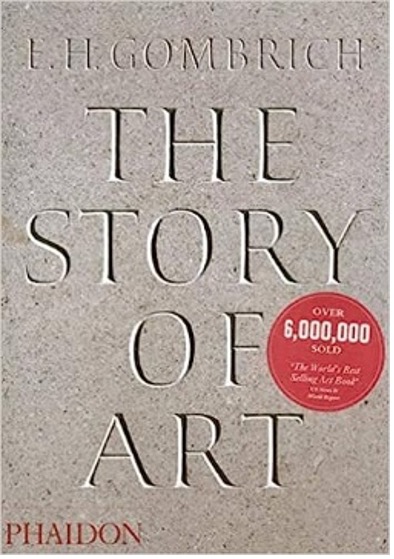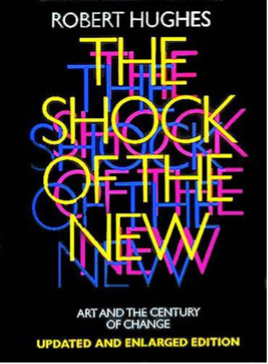Art & Design
Curriculum Intent
The intent of our Art curriculum is to provide a curriculum in Art that is broad, balanced and ambitious and considers the curriculum in its widest sense, ensuring that all pupils, no matter their starting points, backgrounds and individual needs, are afforded the same opportunities and an equal chance to succeed by embedding the knowledge and cultural capital they need to succeed in life, and essential knowledge needed to be educated citizens.
At all Key Stages, pupils will engage with scaffolded, carefully considered opportunities to record and analyse from observation, develop technical skills to aid personal expression and communication, develop visual literacy through an awareness and appreciation of art, craft and design from a range of cultures, make informed aesthetic and critical judgements, make connections between their own and others’ ideas and work, identify and solve problems, undertake research and organise and sustain independent work to completion developing a sense of achievement, self-awareness and fulfilment in the creation of art-works and a developing degree of self-knowledge as learners, as producers and consumers, and as visually and culturally aware young people.
KS3 is a strong foundation for KS4 and we interpret the requirements of national strategies to provide schemes of work that provide a solid foundation for the demands at GCSE by identifying starting points, waypoints and end points. KS3 is an opportunity to provide those creative experiences that will bridge the gap disadvantage in school, to offer individual solutions for pupils to access the foundational knowledge pupils need in order to access and understand the further curriculum. We use Year 7 to consolidate and extend what was taught at KS1 and KS2 and teach at Novice level.
KS4 is a strong foundation for KS5 and we interpreting the requirements of GCSE courses to provide schemes of work that provide a solid foundation for the demands at A Level by identifying starting points, waypoints and end points. KS4 is taught at Intermediate level and for all pupils is, challenging, supportive and relevant which enables all learners to gain a range of practical skills and understanding that will enable them to have the cultural capital to participate in wider society with confidence.
KS5 is a strong foundation for life outside school and allows pupils to progress onto University Degrees or Apprenticeships. We interpret the requirements of A Level courses to guide individual learning pathways and is taught at Advanced level, encouraging pupils to apply theoretical knowledge & practical skills to a range of learning opportunities. Excellence within Art would mean each pupil leaving Blue Coat with an interest, curiosity, enjoyment and confidence in looking at, exploring and making works of art, craft and design with a sound grasp of practical skills that would enable them to have the cultural capital to participate in wider society.
Curriculum Documents
Teaching and Learning
In Art, we deliver an ambitious, inclusive curriculum that ensures all students access the full breadth of content. Our teaching vision focuses on high expectations and embedding the 3Rs: Ready, Respectful, Responsible. Lessons follow the school’s Blue Coat approach; explaining and modeling, do and practice, and using the 4forAll Toolkit: key words/reading, time management, chunking/checking, questioning, and providing appropriate verbal, written and visual feedback. Reading is a key strategy, with staff using “Jump In,” the “3-Second Rule,” and “Echo Reading” techniques to support learning.

How can parents help?

The Story of Art is one of the most famous and popular books on art ever written and has been a world bestseller for over four decades. Professor Gombrich has written a simple and clear book which is for readers of all ages and backgrounds. He has combined knowledge and wisdom with a unique gift for communicating his deep love of the subject. The Story of Art tells the journey of the development of mark making since prehistoric times. It is a classic text that all art students should read.

This legendary book is widely considered as the best, most readable account of modern art ever written.
Through each of the thematic chapters Hughes keeps his story grounded in the history of the 20th century, demonstrating how modernism sought to describe the experience of that era and showing how for many key art movements this was a task of vital importance.
https://www.tate.org.uk/kids Tate Kids is a great set of pages linked to the family of Tate Galleries, full of interactive and informative pages that change according to the current exhibitions.
https://www.bbc.co.uk/arts BBC Arts is the page that advertises all BBC Arts Television. It is a constantly changing menu that allows you to see current programming on the visual arts.
Visits to our local galleries allow students to see artwork first hand and increase confidence in visiting such spaces and also knowledge about what does art look like. The Herbert Art Gallery in Coventry is free to visit and very welcoming. Other Galleries in the local area include Birmingham Museum and Art Gallery, the Midland Arts Centre and the IKON gallery, all in Birmingham.
Options
- WJEC Eduqas GCSE Art and Design (Fine Art) C651QS
- WJEC Eduqas GCSE Art and Design (Textile Design) C653QS
- WJEC Eduqas GCSE Art and Design (Three-Dimensional Design) C655QS
- WJEC Eduqas GCSE Art and Design (Photography) C656QS
- WJEC Eduqas A level Art and Design (Fine Art) A651QS
- WJEC Eduqas A level Art and Design (Textile Design) A653QS
- WJEC Eduqas A level Art and Design (Graphic Communication) A654QS
- WJEC Eduqas A level Art and Design (Photography) A656QS
Enrichment & Experiences
We work hard to network and formulate many experiences and opportunities for students to work with people in the professional artistic community. As teachers, we are members of many art groups and forums and apply for all opportunities and funding. It is our aim to get our artwork seen by a wide audience, including the local and national community. Students work then is seen by a global audience, just as in the professional artistic community.
External Study Experiences and Visits Intent
It is our firm belief that students should work with artists and visit galleries as often as possible during their art education. Experiencing art first hand and engaging them with people in the arts community, lets them see the value of the creative experience. It is vitally important that students are fully prepared before their visits and then use what they have absorbed into their developing practice. The images that you see here illustrate what has happened in the Art department over the last 3 years.

